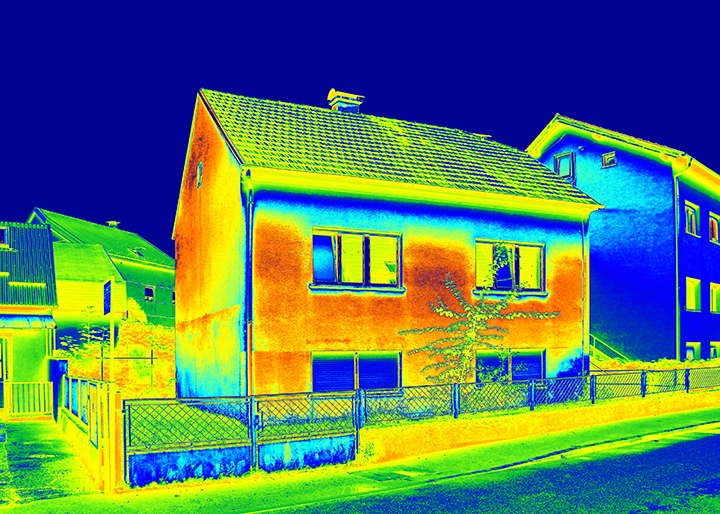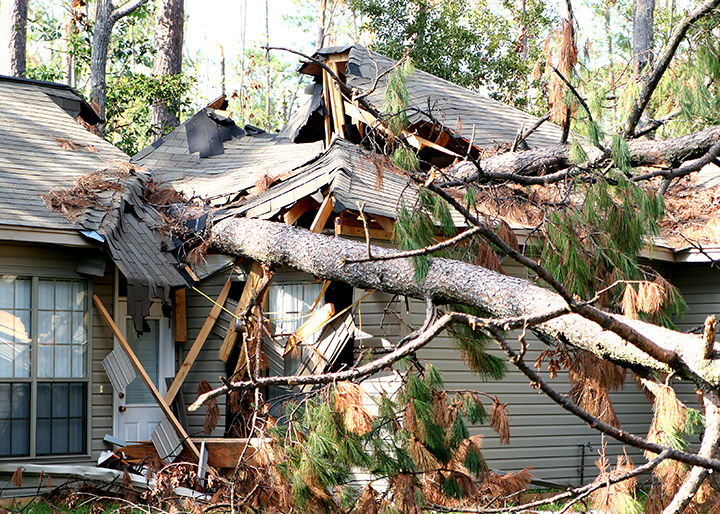Energy Savings for Your Single-Family Rentals
Achieve Savings Through Regular Inspections & Proactive Maintenance By Jason Myers Conserving energy is not just good for the environment anymore. It is also good for your bottom line. Being smarter about energy use yields home energy savings and enhances the value of your rental properties. It is one of the easiest win-win scenarios possible today. Most investors like the idea of saving energy, but they assume the process will
Read More












